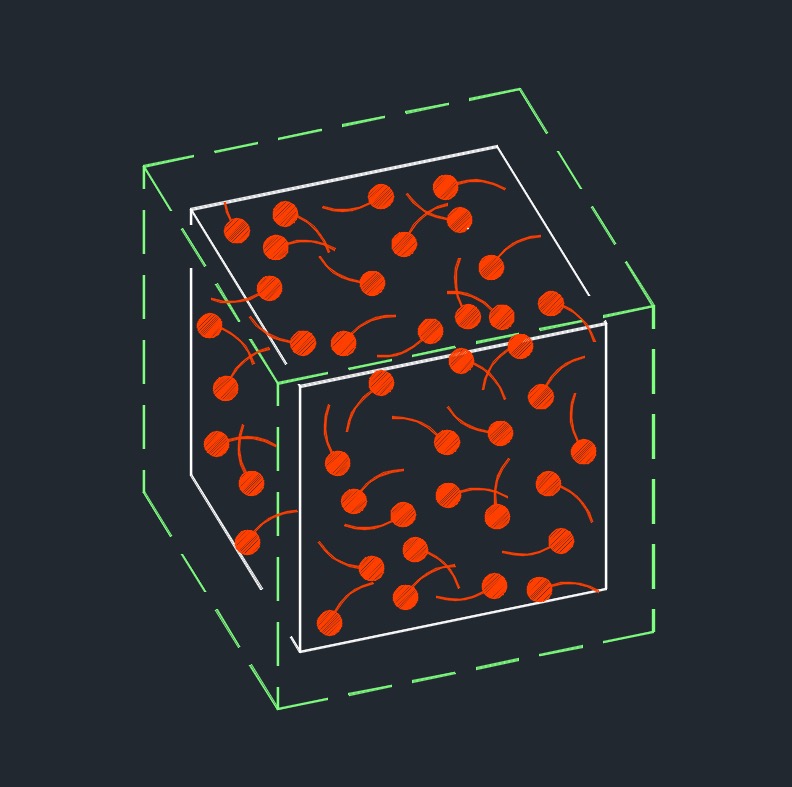Thermal Expansion of Gases
Thermal Expansion of Gases Formula |
||
|
\( p \cdot V \;=\; n \cdot R \cdot T \;=\; \) Ideal Gas Law (Thermal Expansion of Gases) \( p \;=\; \dfrac{ n \cdot R \cdot T }{ V }\) \( V \;=\; \dfrac{ n \cdot R \cdot T }{ p }\) \( n \;=\; \dfrac{ p \cdot V }{ R \cdot T }\) \( R \;=\; \dfrac{ p \cdot V }{ n \cdot T }\) \( T \;=\; \dfrac{ p \cdot V }{ n \cdot R }\) |
||
| Symbol | English | Metric |
| \( p \) = Gas Pressure | \(lbf \;/\; in^2\) | \(Pa\) |
| \( V \) = Gas Volume | \(in^3\) | \(mm^3\) |
| \( n \) = Number of Moles of the Gas | \(dimensionless\) | \(dimensionless\) |
| \( R \) = Specific Gas Constant | \(ft-lbf \;/\; lbm-R\) | \(J \;/\; kg-K\) |
| \( T \) = Gas Absolute Temperature | \(^\circ R\) | \(^\circ K\) |
 Thermal expansion of gases is the change in volume that occurs when a gas is subjected to a change in temperature. Unlike solids and liquids, gases are highly compressible and can expand or contract significantly with changes in temperature. The volume of a gas is directly proportional to its temperature, assuming constant pressure and amount of gas. This relationship is described by Charles's Law, which states that the volume of a gas is directly proportional to its absolute temperature.
Thermal expansion of gases is the change in volume that occurs when a gas is subjected to a change in temperature. Unlike solids and liquids, gases are highly compressible and can expand or contract significantly with changes in temperature. The volume of a gas is directly proportional to its temperature, assuming constant pressure and amount of gas. This relationship is described by Charles's Law, which states that the volume of a gas is directly proportional to its absolute temperature.
When the temperature of a gas increases, its volume expands, and when the temperature decreases, its volume contracts. This behavior can be further quantified using the coefficient of volume expansion for gases, which represents the change in volume per unit volume per degree change in temperature. It is important to note that for gases, the coefficient of volume expansion is inversely proportional to the absolute temperature.
Thermal expansion of gases is of particular importance in thermodynamics and engineering applications. It is taken into consideration when designing systems that involve the transfer, compression, or expansion of gases, such as in heat engines, refrigeration systems, and gas pipelines.

